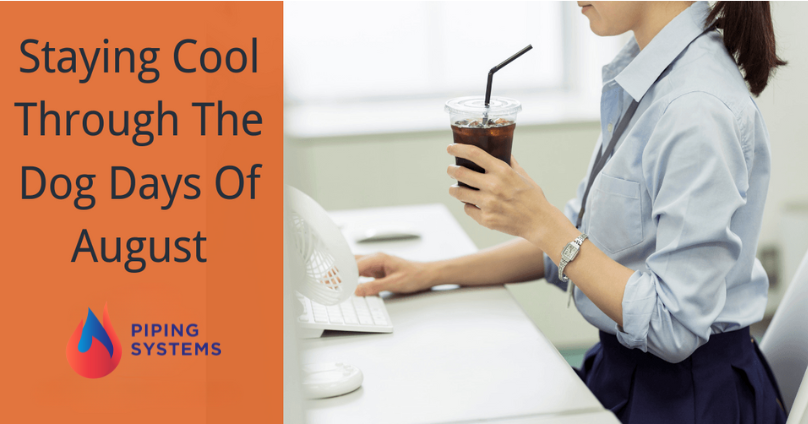Published August 5, 2019

Throughout all areas of the country, August is typically the hottest month. With long days and temperatures that can easily reach triple digits, it is essential for companies to provide safety talks to all employees working outdoors about staying cool and staying safe.
One of the most effective ways to keep employees safe is to provide education. Having a health and safety expert come in and talk about the danger of heatstroke, dehydration and heat exhaustion can often provide a highly informed training that may carry more significance than having a supervisor or manager give the talk. It also allows everyone to ask questions and get immediate answers.
Breaks and Hours
It is essential for employees to take their breaks and for managers or supervisors to insist that employees move out of the sun during their breaks. Even if shade is not available on the job, sitting in a cool but not cold vehicle is a simple way to help to bring the body’s core temperature down. Shade tents or designed areas that are protected from the sun should be provided whenever possible. Employees should be able to take multiple short breaks throughout the day, not just standard coffee and lunch breaks.
Avoid encouraging or asking employees to work overtime when temperatures are high. The combination of physical and mental fatigue from working in high temperatures does lead to increased risk of accidents and mistakes, as well as an increased risk of heat-related health issues.
Clothing
Light-colored clothing is always the best option in the heat. Avoid dark colors and also avoid any clothing that does not meet safety standards. New types of fabric that wicks moisture from the body or that offer breathable clothing meet OSHA requirements while also helping you to stay cool.
Water Consumption
Employers should provide water for employees in the shade tent, break area, or in coolers throughout the job site. As a general rule, employees should be encouraged to drink one eight-ounce glass of water every 15 to 30 minutes and to avoid waiting until they are thirsty. Thirst is one of the first signs of dehydration, so regularly drinking small amounts throughout the day helps to offset this serious issue.
While water or sports drinks with electrolytes are helpful, any beverages like soda, energy drinks or caffeinated options like tea or coffee are actually counterproductive to staying hydrated.
Heat Stress, Heat Exhaustion, and Heatstroke
All employees should be trained in recognizing the early signs of heat stroke, exhaustion, or stress. The individual experiencing heat stroke is often unaware of the issue, which can result in confusion, loss of consciousness, and even seizures and death in extreme situations.
Early signs include lack of sweating, headaches, dizziness, red skin or skin that is very hot to the touch, muscle weakness and rapid, shallow breathing. When everyone on the job is trained to watch for these symptoms in others, immediate hydration, getting out of the sun, and cooling off of individual can be started before anything more serious occurs.